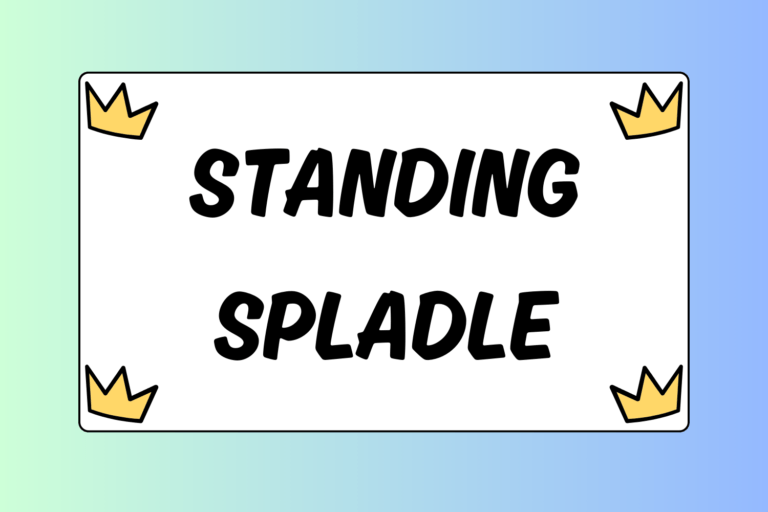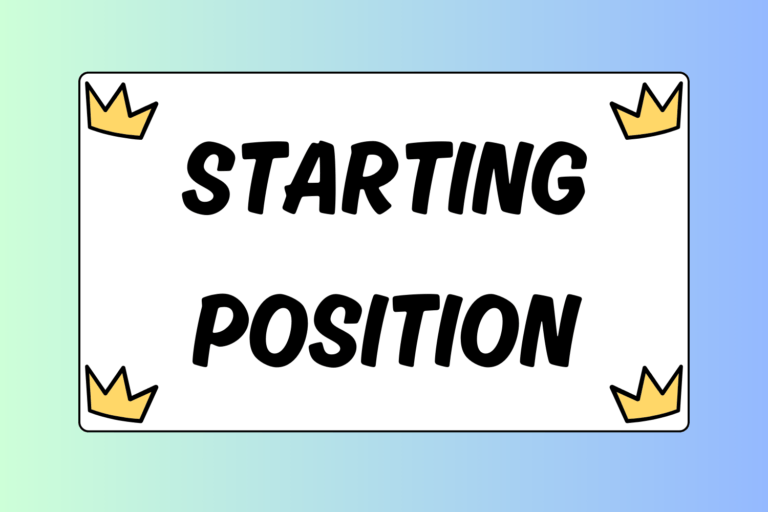In the sport of wrestling, position is everything: every second you spend out of position is one more opportunity for your opponent to score, or even worse, to take you to your back for the pin. Your stance is critical to both offensive and defensive positioning, and is one of the first things you need to learn when starting the sport. Wrestlers at all levels are expected to spend a significant amount of practice time developing their stance to stay solid in the face of any opponent.
Two types of wrestling stances will be discussed in this guide— the square stance (also known as a defensive stance) and the staggered stance (also known as an offensive or “sugar foot” stance). Both types are equally important, and both must be mastered in order to be competitive at every level of competition.
The Standard Square Stance
The square stance is the easiest stance to learn and the safest for beginning wrestlers because it limits bad positions and makes it tougher for you to be scored on. Keep in mind that the square stance is generally for defensive purposes and offers little offensive mobility. Developing a staggered stance in addition to your square stance is absolutely necessary to generate any type of offense.
- Start with your feet slightly wider than shoulder width apart. If you are not sure about how your feet should be positioned, jump in the air—when you land your feet should be roughly in the position of a good stance.
- Bend your knees until your forearms can rest on your thighs, which will also help you understand how low you need to be when facing an opponent. It may take several practice sessions to get comfortable in this position and to strengthen the muscles in your legs and back that are critical for maintaining a low posture.
- Your back should be straight with your buttocks down and head up. Your weight should be evenly distributed between both feet and slightly forward, but make sure to stay on your toes and off of your heels.
- Once your body is in good position, bring your hands out in front of you. Your hands serve as your first line of defense, so dropping them at anytime could mean takedown points for your opponent, or worse.
- Keep your palms facing upwards, or next to each other (like the manner of holding a ball). Never face your palms down—this is called “heavy hands.” Holding your hands in this manner dramatically slows your reaction time and makes your wrists easier to tie up.
Moving in a Square Stance
Moving in a square stance is fairly simple and can be used to keep you in good position.
- Use short, quick “shuffle” steps to circle or move from side to side, keeping your feet and base wide. Never cross your feet when moving in your stance as this will leave you open to be taken down and also create make you more vulnerable to injury.
- At the same time, maintain your good position: knees bent, butt down, back at a slight angle, head up, and hands out.
- Always face and stay square to your opponent—allowing your opponent to position themselves at an angle towards your body leave you more open to an attack.
Developing a Staggered Stance
The sooner you get comfortable in your staggered stance, the quicker you will develop your offense. The staggered stance is not difficult to learn but takes constant adjustments before you are ready to test your skills against an opponent.
- Start with your feet a little bit wider than shoulder width apart.
- Bend your knees until your forearms can rest on your thighs.
- Your back should be slightly angled with your buttocks down and your head and chest up.
- When you are low enough, bring one leg a step in front of you with the toe pointing directly ahead. This will serve as your lead leg—the leg that you step with to penetrate an opponent’s stance. Most wrestlers designate their stronger, more dominant leg to be their trail leg or “power” leg, but it depends which leg feels most comfortable. (Not sure? Think about what leg you would best kick a soccer ball with).
- Most of your weight should be resting on your front foot.
- Your shoulder, front knee, and foot (of your lead leg) should be somewhat aligned.
- Your back leg, or trail leg should be slightly off to the side with your toe angled slightly away from you, though some wrestlers like the toe of their trail leg to point directly ahead for extra power on their shot. Play with the different positions to determine what’s best for you.
- Once in position, bring your arms out in front of you. Your hands serve as your first line of defense, so dropping them at anytime could mean takedown or back points for your opponent.
Hot Tip: Mix It Up
When learning your staggered stance, do some movement and position drilling to see which leg feels more comfortable—it shouldn’t be too difficult to determine. Just make sure to master the staggered stance with only one lead leg before you try to switch it up. The ability to change your stance comes with experience and is necessary for higher levels of competition, but it is better to learn the skill well on just one leg at first.
Moving in a Staggered Stance
Movement in a staggered stance is slightly different than a square stance, but the key principles of position still apply: keep knees bent, butt down, back at a slight angle, head up, hands out, and don’t cross your feet or let your opponent create an angle on you.
In a staggered stance you always want to move one foot first, followed by the other. The foot that moves first will depend on the direction in which you are moving. For example, if you are moving forward, take a short step with your lead leg and then follow with a short step with your trail leg. If you want to move backwards use your back foot first, then follow it with your lead foot.
- Make sure that you take small steps—don’t allow the bottom of your feet to come too high off of the mat. If you want to move backwards use your back foot first, then follow it with your lead foot.
Circling in a staggered stance is similar to moving forward and backwards. It is very important to move your lead leg first when you circle since moving your trail leg first leaves you more vulnerable to being taken down.
- If you want to move left, you will have to move your lead leg to the left first, putting most of the weight on your front toe for a split second.
- Once you move your lead led, move your trail leg to the left as well, rocking your weight from your front leg to your back leg as you move.
- If you want to move to the right you will need to lead with your right leg. Move your right leg to the right first then follow it up with your left.
The Purpose
The entire focus of the stance is to stay in good position, even as you move. Each wrestler’s stance varies depending on body type and wrestling style, so it’s alright if your individual stance looks a little different than the standard version. Just keep in mind the basics of positioning discussed above—and don’t forget to ask your coach for help.
A strong stance will create offensive opportunities for yourself, but most importantly, good positioning will keep you from being scored on. Your opponent will do everything possible to take you out of your stance—circling, faking, and tying up your head and arms—but as you gain experience, you will learn additional techniques and strategies to help you always maintain good position.





